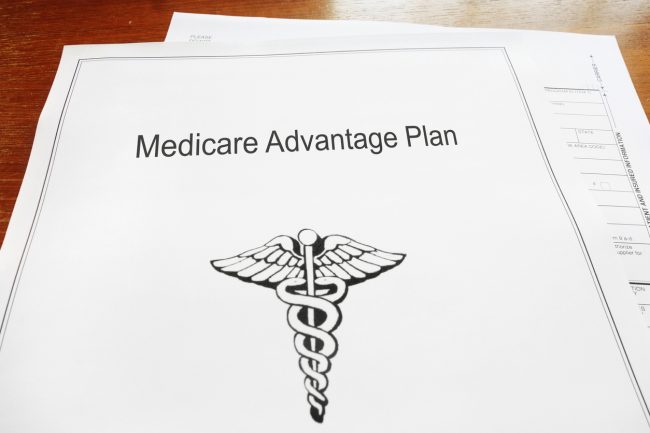Medicare Advantage, Part D Plans Get COVID-19 Leeway
The Centers for Medicare and Medicaid Services has issued new guidance regarding how Medicare Advantage and Part D plans can respond to enrollees affected by the coronavirus outbreak.
Under the guidance, the plans are authorized, but not required to waive out-of-pocket costs for testing, treatment and other services related to the coronavirus.
The rules come on the heels of many of the country’s largest insurance companies announcing that they would be treating at least COVID-19 testing as covered benefits and would waive cost-sharing for tests.
The CMS made the announcement in light of the fact that COVID-19, which is caused by the coronavirus, has the most severe effects on the elderly population, as well as people with pre-existing health conditions like heart disease, cancer, diabetes and compromised immune systems.
“Medicare beneficiaries are at the greatest risk of serious illness due to COVID-19 and CMS will continue doing everything in our power to protect them,” CMS Administrator Seema Verma said in a prepared statement. She added that the new guidance was aimed removing “barriers that could prevent or delay beneficiaries from receiving care.”
In the new COVID-19 guidance Medicare Advantage and Part D plans can:
- Waive cost-sharing for testing.
- Waive treatment cost-sharing, including primary care, emergency department, and telehealth services.
- Eliminate prior authorizations for treatment.
- Eliminate prescription refill restrictions.
- Decrease limitations around home or mail prescription delivery.
- Increase patient access to telehealth care.
These waivers are aimed at breaking down barriers to accessing care and allow plans to work with pharmacies and providers to treat patients.
Medicare Advantage rule changes
Under the new guidance, if a state of emergency is declared in your state, Medicare Advantage insurers are required to:
- Cover Medicare Parts A and B services and supplemental Part C plan benefits furnished at non-contracted facilities, as long as they have participation agreements with Medicare.
- Provide the same cost-sharing for enrollees at non-plan facilities as if the service or benefit had been furnished at a plan-contracted facility.
- Make changes that benefit the enrollee effective immediately without the typical 30-day notification requirement (such as changes like reductions in cost-sharing and waiving prior authorizations).
The CMS said it would continue toexercise its enforcement discretion regarding the administration of Medicare Advantage plans’ benefit packages in light of the new emergency guidance.
Part D changes
Under the new rules:
- Part D insurers may relax their “refill-too-soon” rules if circumstances are reasonably expected to result in a disruption in access to drugs. The rules may vary, as long as they provide access to Part D drugs at the point of sale. Part D sponsors may also allow an affected enrollee to obtain the maximum extended day supply available under their plan, if requested and available.
- Part D insurers must ensure enrollees have adequate access to covered Part D drugs if they have to get their prescription filled at an out-of-network pharmacy in cases when those enrollees cannot reasonably be expected to obtain covered Part D drugs at a network pharmacy.
Plan cost-sharing levels would still apply and enrollees could be responsible for additional charges (i.e., the out-of-network pharmacy’s usual and customary charge), if any, that exceed the plan allowance. - If enrollees are prohibited by a mandatory quarantine from going to a pharmacy to pick up their medications, Part D insurers can relax any plan-imposed rules that may discourage mail or home delivery, for retail pharmacies that choose to offer these delivery services in these instances.
- Part D insurers may choose to waive prior authorization requirements at any time that they otherwise would apply to Part D drugs used to treat or prevent COVID-19, if or when such drugs are identified. Any such waiver must be uniformly provided to similarly situated enrollees who are affected by the disaster or emergency.
The takeaway
With these new rules and guidelines in place, if you are a Medicare recipient, this news should give you comfort as it should mean reduced costs and access to care and medicine as the outbreak continues.
If you are concerned about coverage, you can contact your Medicare Advantage plan to confirm that it has made the necessary changes to ease the burden on policyholders during the coronavirus crisis.






